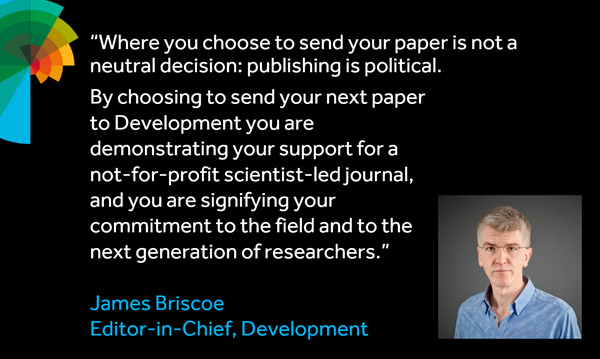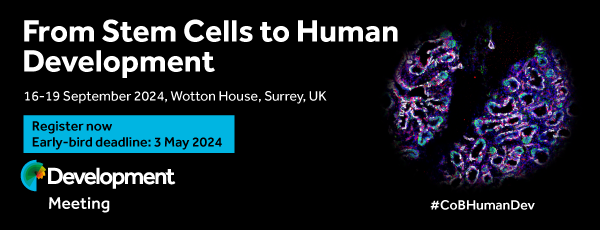
Early in development, morphogenetic movements known as convergent extension(CE) convert the spherical egg into an elongated structure. During this process, embryonic cells involved in CE develop actin-based lamellipodia and become polarized. On p. 4599, Kwan and Kirschner report that XLfc, a Rho-guanine nucleotide-exchange factor (GEF)whose activity is controlled through binding to microtubules, controls cell morphology during CE in Xenopus. Early in gastrulation, CE is briefly sensitive to microtubule depolymerizing drugs. By visualizing actin and microtubules simultaneously in live explants treated with drugs that affect microtubule stability, the researchers show that it is the actual mass of polymerized tubulin – and not the dynamics of the microtubule cytoskeleton – that controls lamellipodia formation and subsequent CE. Additional experiments indicate that, by binding a specific Rho-GEF,microtubules act as a bulk regulator of Rho-family GTPases – which control actin polymerization – and thus regulate cell polarity during CE.








